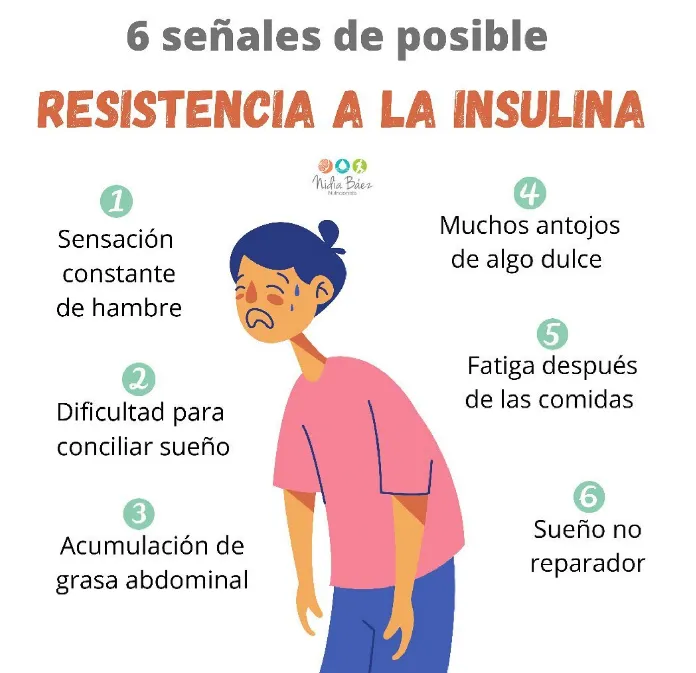
What is insulin resistance?
While the pancreas can produce enough insulin to overcome the weak response of insulin cells, blood glucose levels will remain in a healthy range
Insulin is a hormone made by the cells of the pancreas islets.Insulin controls the amount of blood sugar by storing it in the cells, where the body can use it as a source of energy.But when your regulation is not optimal, health problems emerge and can be serious.
What is insulin resistance?
According to the National Institute of Diabetes and Digestive and Renal Diseases of the United States, insulin resistance occurs when muscle cells, fat and liver do not respond well to insulin and cannot absorb the glucose ofblood easily.As a result, the pancreas produces more insulin to help glucose between cells.While the pancreas can produce sufficient insulin to overcome the weak response of insulin cells, blood glucose levels will remain in a healthy range.
Who can have insulin resistance?
Dr. Eleanna de Filippis, Mayo Endocrinologist of Mayic, shares that all people can have insulin resistance.In particular, those who are overweight are higher risk compared to the general population.The risk increases even more if you have a family history of type 2 diabetes;You are older than 45 years;You have an African, Latin or indigenous ancestry;Fumas or taken certain medications, such as steroids, antipsychotics and medications for human immunodeficiency virus.There are also other conditions associated with insulin resistance, such as the obstructive sleep apnea, fatty liver disease, polycystic ovary syndrome, Cushing syndrome and lipodistrophy syndromes, a set of conditions that cause abnormal lossof fat.Therefore, having too much or very little fatty tissue in the body may be due to insulin resistance.
What are the symptoms?
In general, people who have insulin resistance do not present any symptoms, so this condition is usually detected during an annual health exam or through a routine blood analysis.There are some signs of insulin resistance to which the doctor can pay attention, such as a waist that measures about 100 cm in men and about 90 cm in women;soft fibroids or dark and velvety leather areas (which is known as acanthosis nigricans);a reading of the blood pressure of 130 over 80, or higher;an fasting glucose level of 100 milligrams per deciliter or higher;a blood glucose level of 140 milligrams per deciliter or higher after the glucose load test;a level of glucosylated hemoglobin A1C from 5.7% to 6.3%;a level of triglycerides on an empty stomach greater than 150 milligrams per deciliter;or a high density lipoprotein cholesterol level of less than 40 milligrams per deciliter in men and less than 50 milligrams per deciliter in women.
Measures to help the body be more receptive to insulin:
- Add healthy foods to your diet, such as fruits, vegetables, nuts, legumes and lean proteins
- Exercise yourself
- Reduces stress
Of course, as in each disease, the most important thing is to consult a doctor.

02/02/2023 2:55 p.m.
@fer - Diabetes Tipo 1 desde 1.998 | FreeStyle Libre 3 | Ypsomed mylife YpsoPump + CamAPS FX | Sin complicaciones. Miembro del equipo de moderación del foro.
Co-Autor de Vivir con Diabetes: El poder de la comunidad online, parte de los ingresos se destinan a financiar el foro de diabetes y mantener la comunidad online activa.
